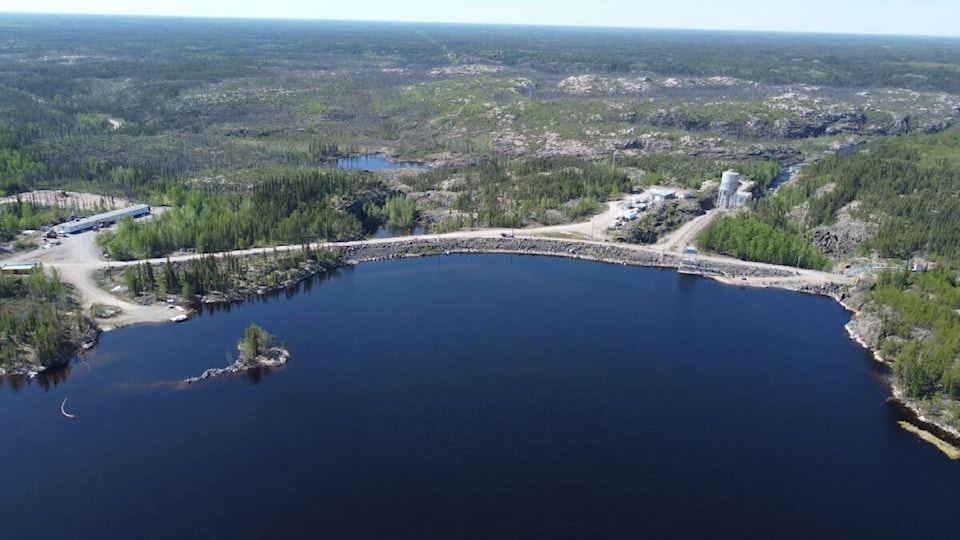Much of the South Slave was left in the dark after a wildfire disrupted power transmission Thursday.
The fire was sparked by lightning and kicked up about 30 kilometres northeast of Fort Smith. As of Monday afternoon, it spanned an estimated 232 square kilometres. The fire created an issue with a critical transmission line near the Taltson hydroelectric facility, prompting the Northwest Territories Power Corporation to shut it down, according to company spokesperson Doug Prendergast.
“This required the communities to transfer to diesel for their generation of power,” causing Fort Smith residents to lose power for most of Thursday evening, he said.
The disruption also led to a series of smaller outages reported in Fort Resolution, Hay River, Enterprise, Yellowknife and the KFN.
The transmission line connects the Taltson hydroelectric facility to the so-called Taltson Zone, which includes Fort Smith, Fort Resolution, Hay River, Enterprise and the K’atl’odeeche First Nation reserve.
“In Fort Smith we ran into some challenges getting one of the three generators to start, which caused a lengthier delay,” said Prendergast. “We did eventually restore power and it has been holding.”
The same wildfire — code-named SS069-22 — which prompted an evacuation order for the Taltson dam area last month, “had become active again,” said Prendergast. “And so out of caution, we de-energized the line from Taltson.”
The Department of Environment and Natural Resources conducted a flyover of the area last week, he said. As of Monday, the fire was not threatening Fort Smith or the Taltson hydroelectric facility, where employees continued their work. Prendergast added, “the impact of the fire on the transmission line is being assessed.”
“At this point, we are not sure when we will be able to restore full hydroelectric power to the region,” he continued. “We’ve done an initial aerial inspection of the transmission line to assess whether the reactivated fire has caused any additional damage. We will look into whether any repairs need to be made before we can safely re-energize that line.”
BREAKER: Outage occurs on same day NTPC holds public hearing on proposed power hikes
The outages occurred on the same day the NTPC held a public hearing in Yellowknife on a series of proposed power rate hikes for customers across the territory.
The power corporation has submitted an application to the NWT Public Utilities Board, with the aim of increasing rates from 2.5 to 10 per cent in different regions over the next two years.
According to the company’s notice of public consultation, “current rates are not producing sufficient revenue to cover the cost of delivering electricity to customers. To address this situation, a revenue increase of approximately seven percent is required.”
The NTPC is looking to increase rates by 20 per cent for customers in Fort Smith and Fort Resolution over the next two years while rates in the so-called Snare and Thermal Zones would go up by about five per cent.
If the increase is approved, the average customer in Fort Smith and Fort Resolution would see their monthly bill increase by about $55.
Even after the rate hike, power costs in Fort Smith and Fort Resolution “will remain lower than other communities in the NWT,” states the notice.
The notice attributes the surge in the cost of electricity in the North to things like declining sales, aging infrastructure, inflation, higher fuel prices and climate change.
